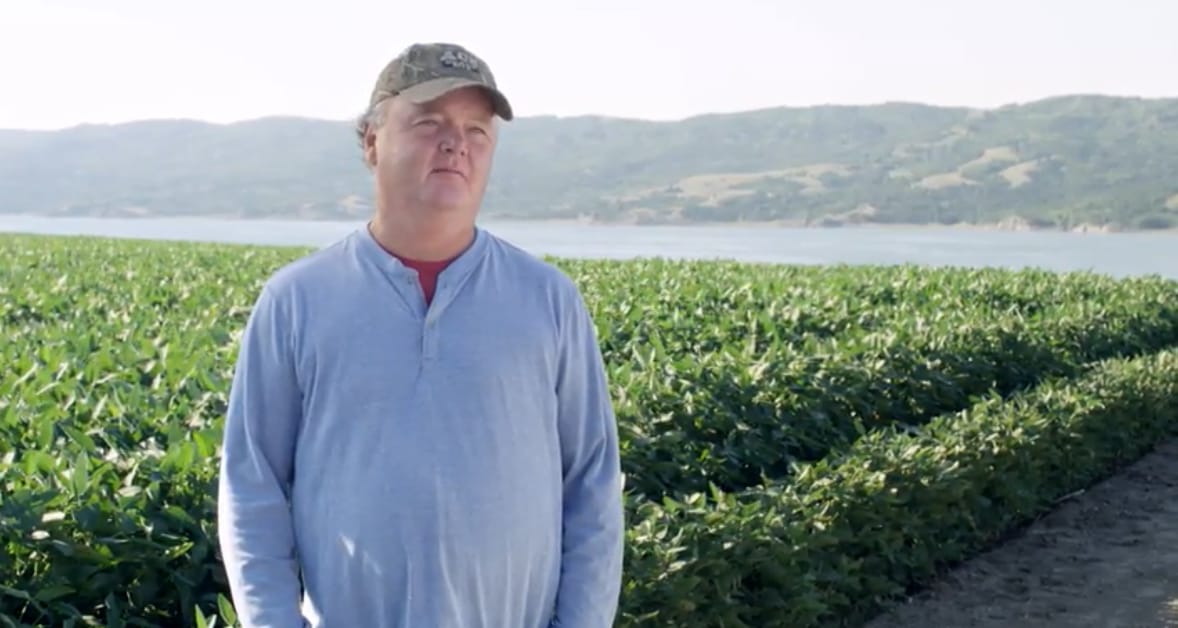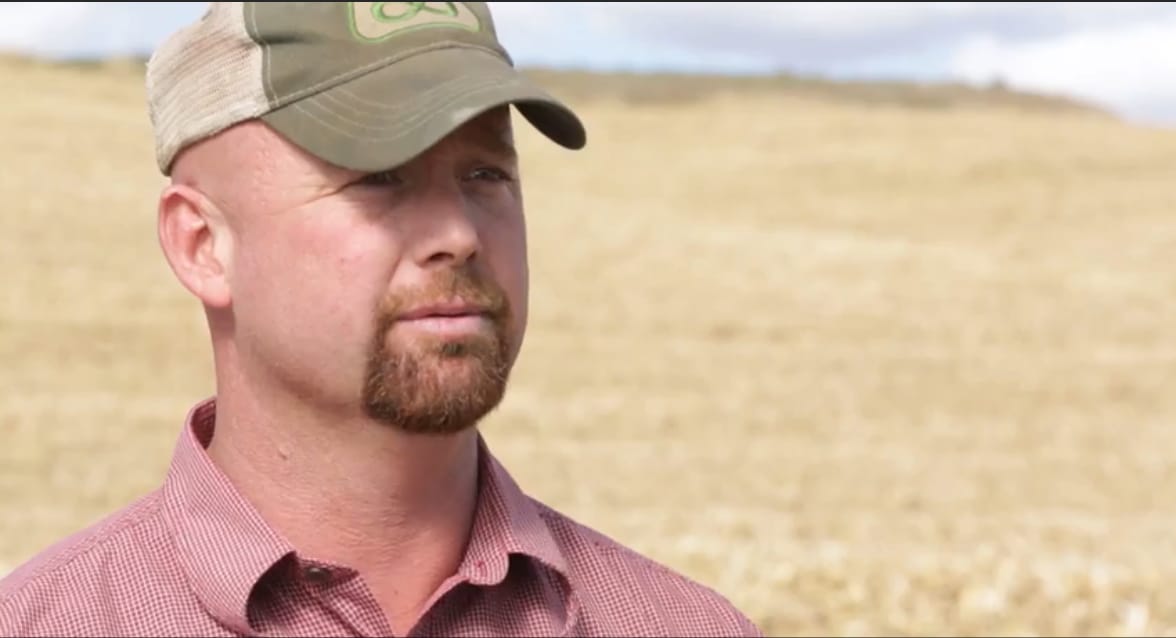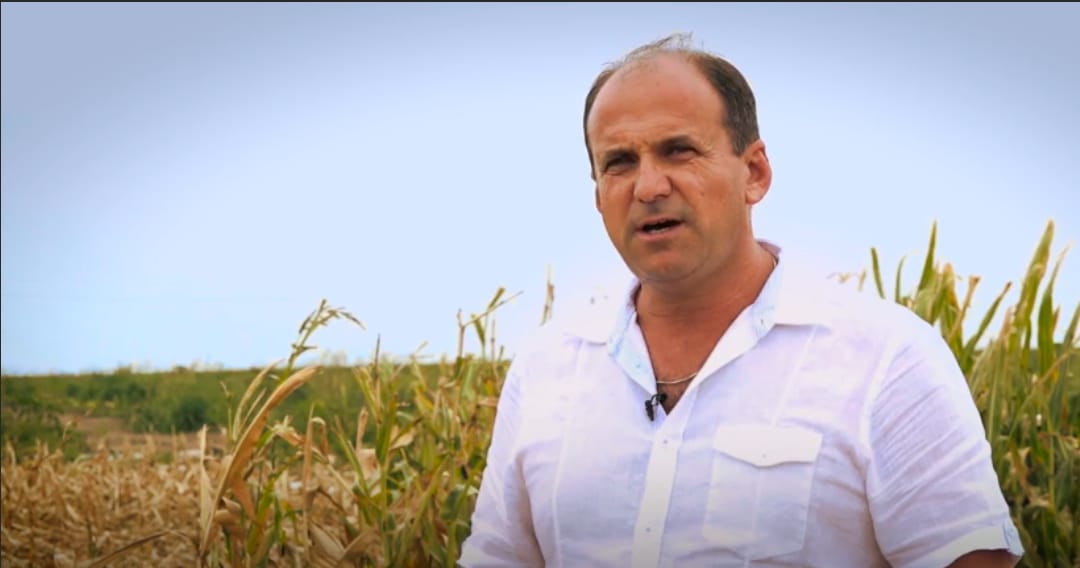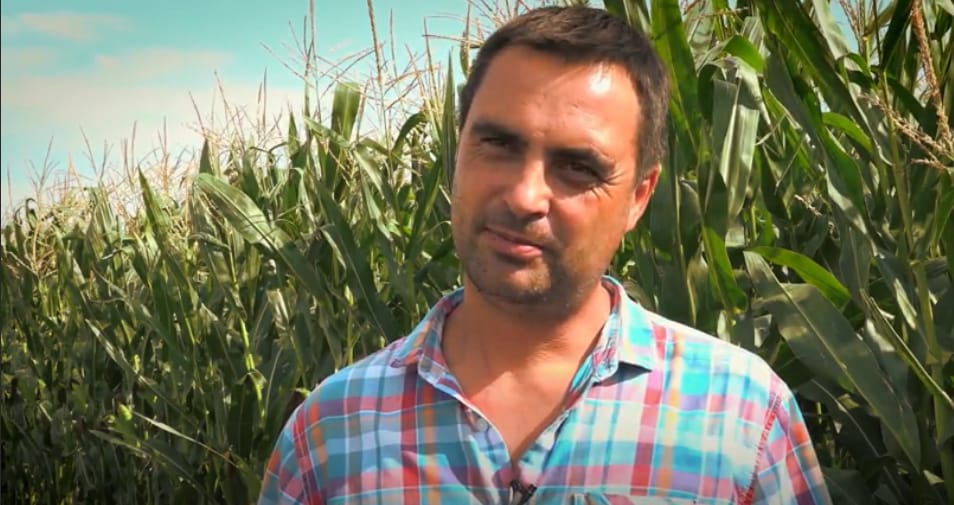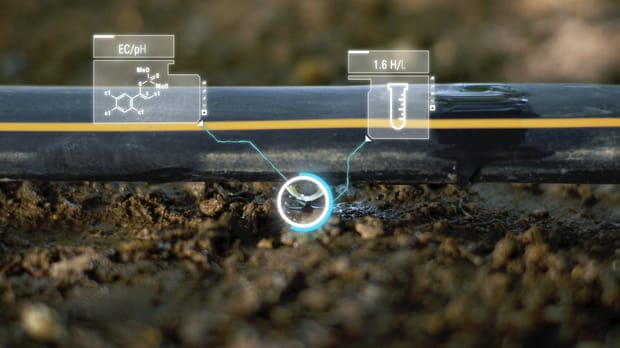HOW TO GROW MORE CORN EVERY SINGLE YEAR?
Growing corn on a large scale while facing unpredictable weather conditions or water scarcity is challenging.
However, with drip irrigation, you can take full control of when water and nutrients are delivered to your crop's root zone - reducing climate-related risk, managing inputs and securing profitability


